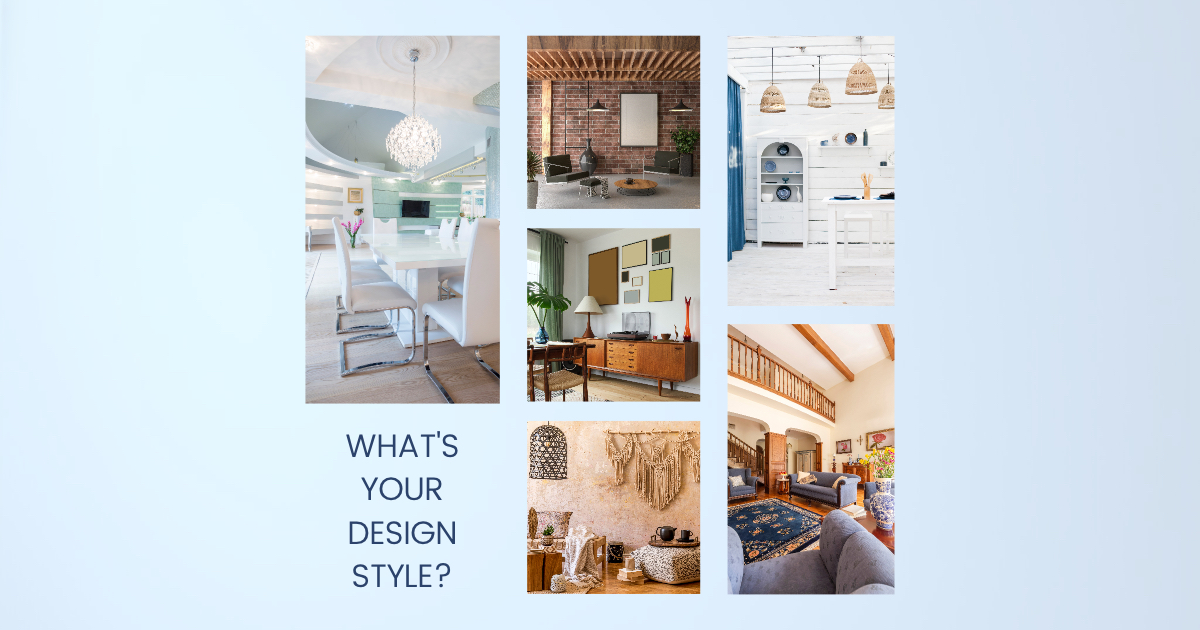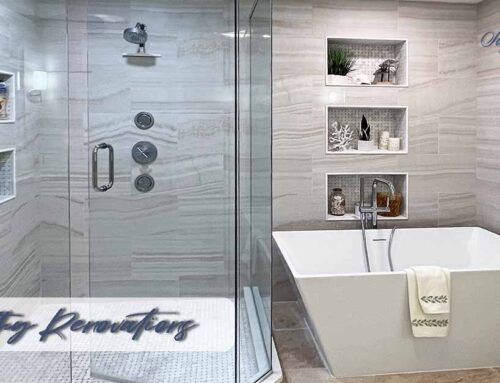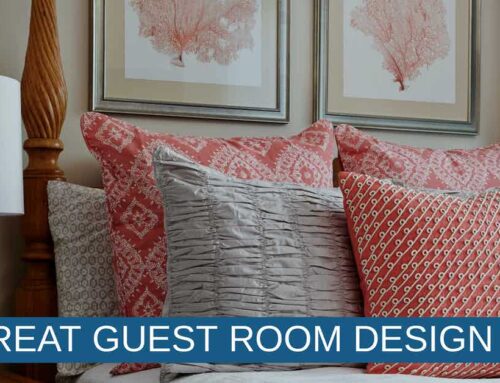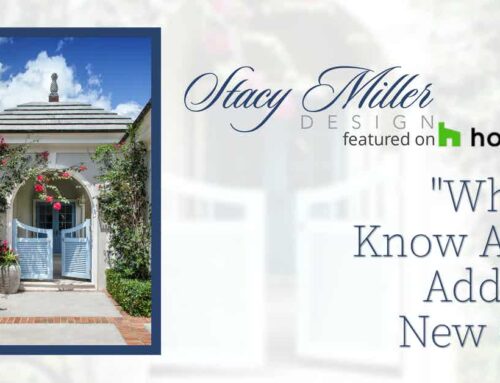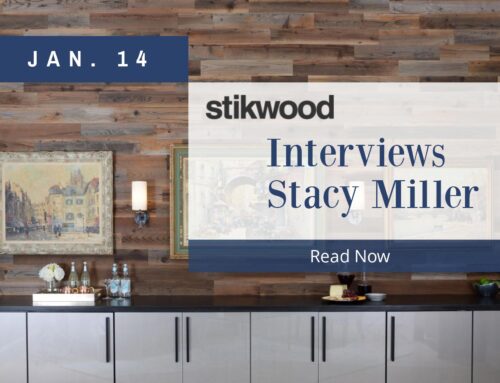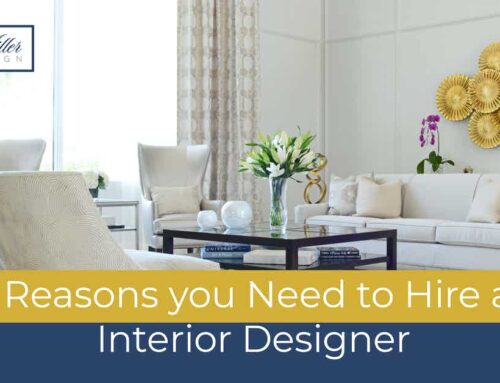What’s Your Interior Design Style?
For decades, people have asked me if I have a particular interior design style I work in. The answer is an unequivocal “no.” I cannot imagine how stale and tiresome my job would become if I did. Sure, my job might be easier—I could just recycle projects, materials, furniture, and fixtures. But how boring! One of the most enjoyable aspects of my job is working with new ideas, innovative products, and, most importantly, a variety of homeowners with different tastes, preferences, and personalities. I love learning and knowing that my work is fluid and ever-evolving.
An experienced interior designer is able to work within a variety of styles, sometimes successfully combining two or more. A designer can pull elements together in such a way that color, value, light, scale, texture, and pattern all work in harmony so that the finished spaces function effectively and serve the people who spend time there.
To gauge homeowners’ aesthetic preferences, I ask them to share images of rooms, homes, spaces, or products they love. I gather additional information by asking questions and touring their existing homes to see pieces they love and others they are not so fond of. Though forming a design concept is essential when launching a home renovation or room refresh, naming a single style is not. Often the most successful projects blend elements from multiple aesthetics. However, it is human nature to identify and categorize.
A Summary of Popular Interior Design Styles Today
Modern Design
Modern design often refers to the style of architecture and design emerging in the first half of the 20th century. Spaces are bright, open, and maintain a neutral palette. Modern furniture features low, horizontal, and clean lines, usually made from natural materials such as wood or leather. Architectural materials are usually smooth with little to no added detail or ornamentation.
Contemporary Design
Contemporary design is considered “current”—constantly evolving and frequently mirroring contemporary trends. This style is often confused with Modern but it is very much “of the moment,” incorporating the present and adapting to new ideas, products, and concepts.
Traditional Design
Traditional design showcases timeless objects, patterns, and details. Typically, warm-toned wood, classic architectural materials, and refined furnishings are punctuated by decorative fabrics, and antique or vintage items. A focus on symmetry and a formal, well-balanced layout are essential elements.
Transitional Design
Transitional design fuses traditional and contemporary design. It combines formal, ornate elements with relaxed accents, resulting in a space that feels both timeless and modern. Transitional design generally draws from traditional aesthetics while thoughtfully integrating current trends to create an ever-evolving look.
Coastal Design
Coastal design is inspired by the seaside. Sand and sea are represented through a neutral palette of beige, white, and soft hues of blue and green. Airy, open spaces are punctuated with organic fabrics and textures, including rattan, grasscloth, rope, and shell. Furnishings are casual and comfortable, sometimes even slipcovered, to evoke a relaxed atmosphere.
Bohemian Design
Bohemian design, also called “Boho,” emphasizes a free-spirited, eclectic blend of colors, patterns, and textures. Spaces often incorporate a variety of fabrics, vintage or handcrafted pieces, and plants that yield a lively, personalized setting. The overall aesthetic is typically layered and diverse, capturing the essence of an adventurer’s style.
Mid Century Modern
Mid Century Modern is defined by clean lines, organic shapes, geometric patterns, and a combination of natural and man-made materials. Furniture is often low with tapered and sometimes angled legs, vibrant colors, and a mix of traditional and futuristic elements. It often features a smooth transition between indoor and outdoor spaces.
Farmhouse Design
Farmhouse design incorporates comfort, simplicity, and a hint of rustic country charm. Natural materials such as wood and stone are featured along with vintage and reclaimed pieces. The color scheme is warm and earthy; furniture may be vintage or reproductions of antique pieces. Spaces are inviting and casual to foster a comfortable rural setting.
Eclectic Design
Eclectic design is a mix of different styles and elements for a uniquely assembled look. Pieces should be carefully selected to bring forward a homeowner’s favored elements from various styles in a well-balanced manner. This style allows people to cultivate and curate their own distinctive setting, specifically to suit their own personality and preferences.
Discover Your Style
In the end, labeling your interior design style can be limiting. Instead, I encourage you to explore, experiment, and ultimately create spaces that reflect the diverse, vibrant tapestry of who you are. After all, your home should be a celebration of your personality and passions.
If you’re ready to start your design journey, I invite you to think beyond traditional labels and consider what truly resonates with you. Share your thoughts, discuss with friends, and most importantly, enjoy the process of discovering your unique style.
Interested in home renovations? Reach out today to discuss the possibilities your space holds.
Want to talk more about Interior Design Styles? Contact Stacy Miller Design today at 561-723-0331 or fill out our Contact Form.

